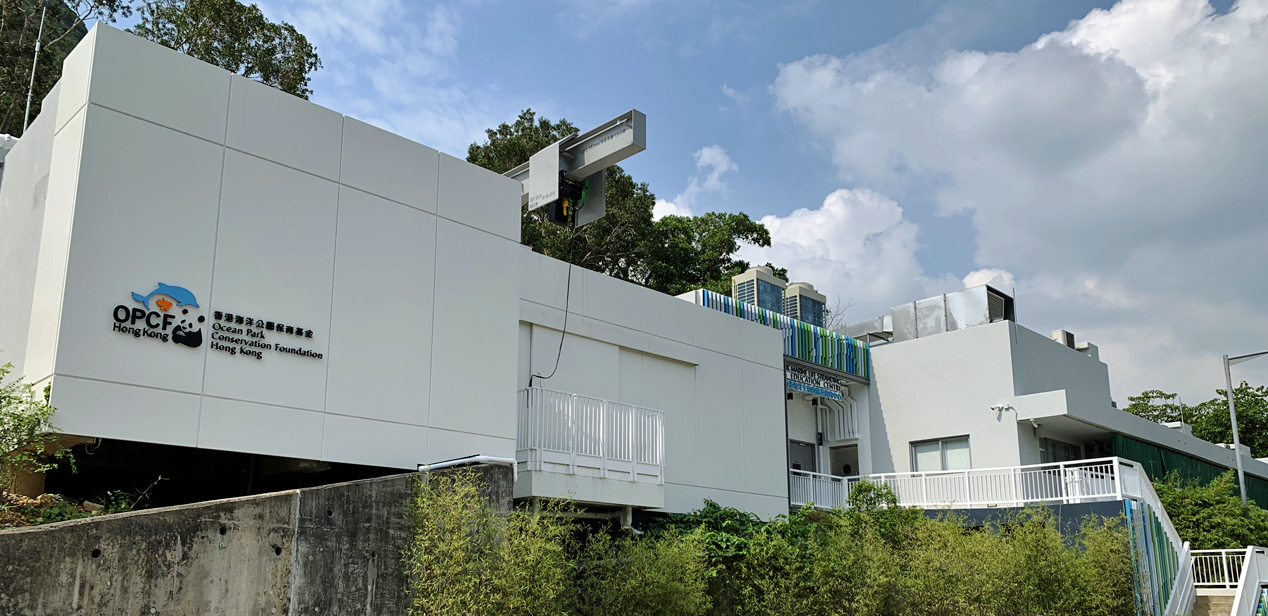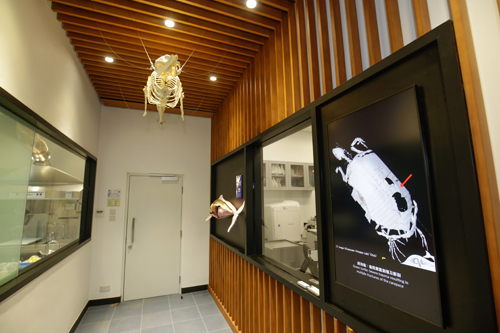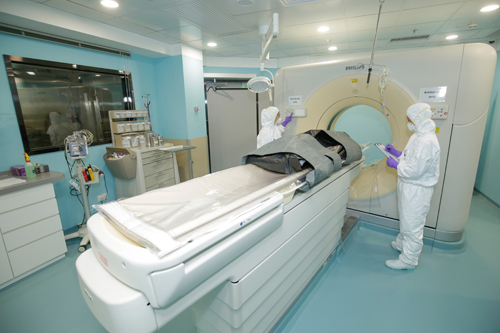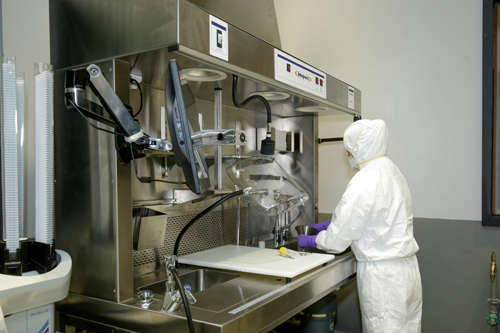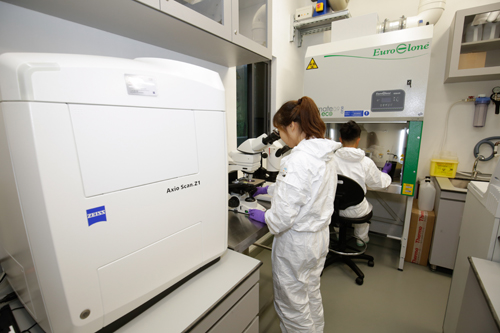Facility and Equipment
The Hong Kong Marine Life Stranding and Education Centre (HKMLSEC) is the first full-scale necropsy and education facility in Asia that offers all-round analysis of potential causes of marine life injury and death, while producing data-driven insights to help inform future monitoring and conservation efforts. The HKMLSEC is funded by the HSBC 150th Anniversary Charity Programme.
| Background Information | |
| Stranding Analysis |
Since OPCFHK started cetacean stranding investigations in 2006, 30% of the cases were found with human-caused injuries. While entanglement, boat strikes and infections have been identified as the three major human-related factors threatening survivals of cetaceans in Hong Kong waters, most carcasses found are severely decomposed and only 10% of the causes of death can be determined. With the opening of the new facility, Ocean Park Conservation Foundation, Hong Kong (OPCFHK) will be able to further investigate stranding cases and process more samples for laboratory analysis to fill the knowledge gaps. |
|
Training and Education |
The HKMLSEC is a unique medium to consolidate valuable stranding response skills, develop training resources, and facilitate local and regional research. It provides a platform for experts on the regional stranding network to exchange knowledge and skills to ensure high quality animal care and wildlife conservation in Asia. The HKMLSEC also aims to inspire and train a new generation of scientists and conservationists. Through hands-on experiences and workshops, OPCFHK hopes to give the public an opportunity to learn more about stranding response operations and research, while expanding its conservation education efforts.
|
| Necropsy Area | |
| Equipment | Details |
| CT Scan |
|
| Digital X-Ray |
|
| Walk-in Fridge |
|
| Walk-in Freezer |
|
| The Histopathology Grossing Station |
|
| Histopathology Lab Instruments | |
| Equipment | Details |
| Digital Slide Scanning System |
|
| Biosafety Cabinet |
|
| Upright Bright Field Microscope and Stereo Microscope |
|
